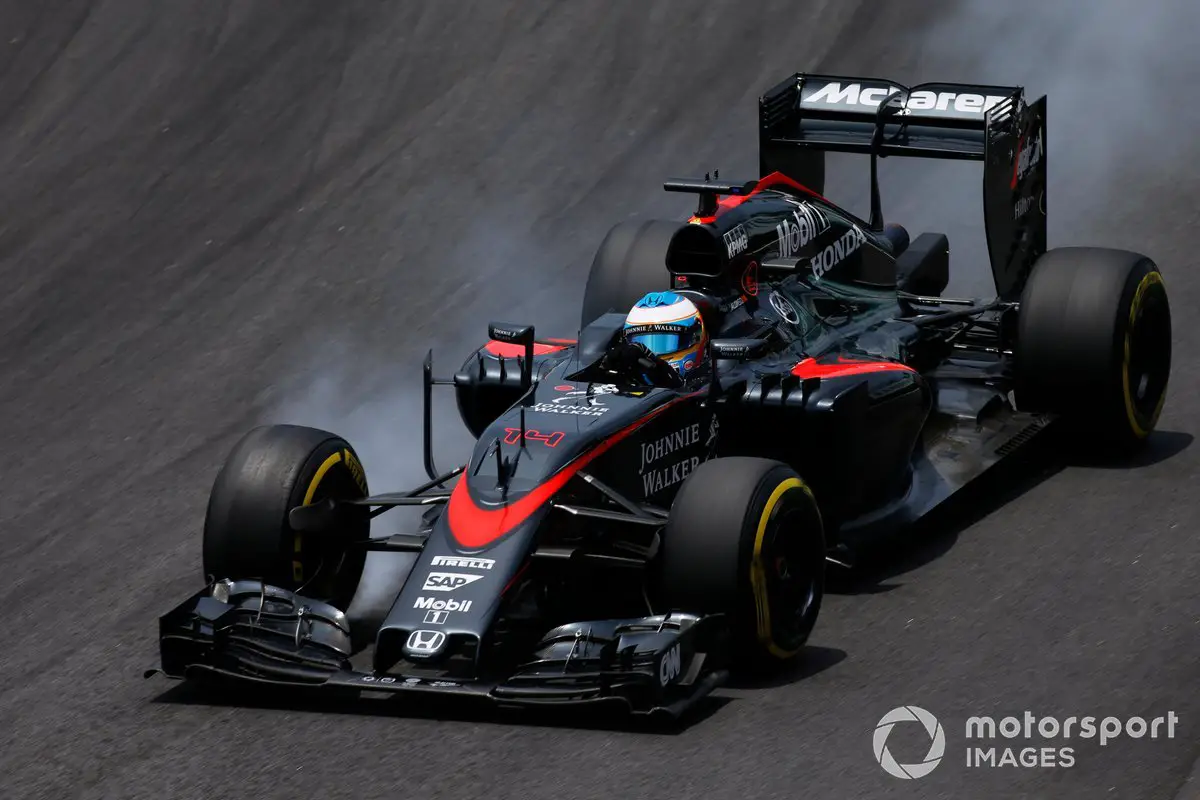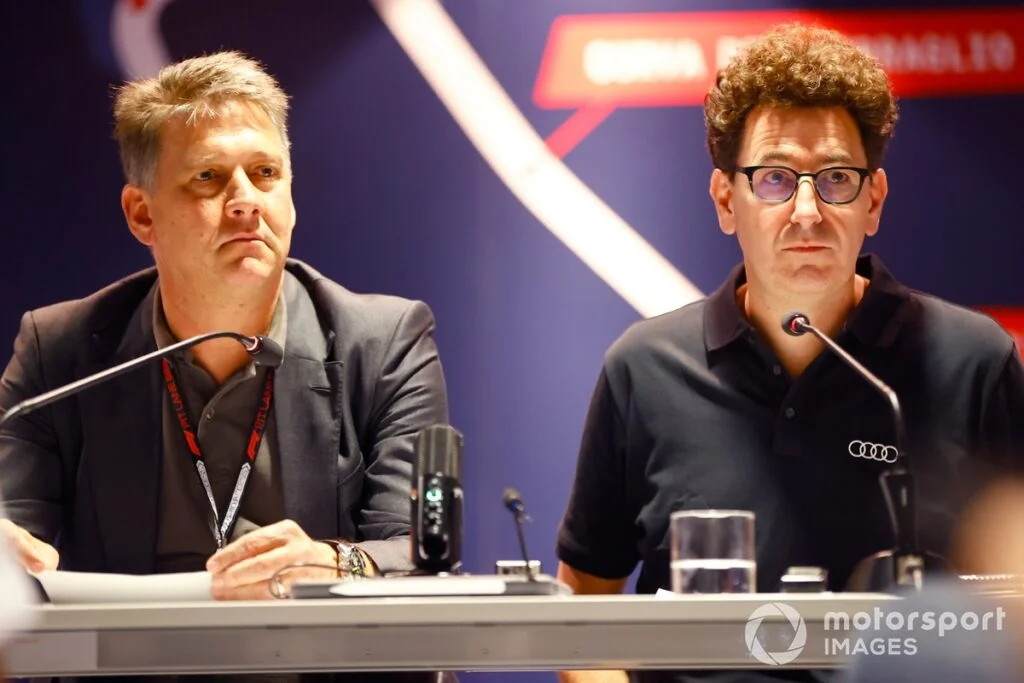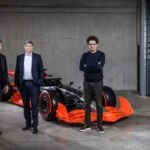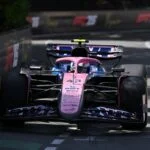Understanding the Impact of New Power Units on Formula 1 Teams
The shift towards new power units with increased electrical deployment in Formula 1 has sparked concerns among team principals, as they grapple with the potential for another dominance cycle similar to that seen in 2014. This apprehension has been simmering beneath the surface of F1 for months, manifesting in various ways such as the short-lived V10 resurgence at the start of the season and Alpine‘s historic decision to switch from their own power units to Mercedes ones.
The Struggle for Catch-Up: Audi’s Engine Program Woes
One recent example of this struggle can be seen in the management restructuring at Audi, with engine chief Adam Baker being let go. This move follows rumors of trouble within Audi’s F1 engine program and a high-stakes meeting between F1 stakeholders ahead of the Bahrain Grand Prix.
The latest shakeup comes as discussions about greater catch-up provisions in the 2026 rules intensify. While most teams agree on the need for these provisions, Mercedes, believed to be in a strong position currently, is less enthusiastic.
Addressing the Imbalance under the Cost Cap
The challenge lies in implementing such catch-up mechanisms within F1’s current financial restrictions. Nikolas Tombazis, FIA single-seater director, acknowledges the historical imbalances and the difficulty of overcoming them under the cost cap.
Discussions are ongoing between the PU manufacturers to determine the exact provisions needed for catch-up mechanisms. The focus is on enabling an underperformer to conduct more development work without creating any artificial mechanism that would boost the performance of an underperforming engine.

Fairness and Sustainability: Ensuring New Manufacturers Stay in F1
The goal is to create a fair environment where new manufacturers can compete at the same level as established ones. Tombazis emphasizes the need for a mechanism that prevents anyone from being “eternally condemned to misery and humiliation.

Learning from Honda’s Journey: The Road to Competitiveness
Honda, with its rich motorsport history, struggled initially in creating a competitive hybrid power unit. It took years, a divorce from McLaren, and significant financial and engineering resources to reach the pinnacle. However, upon reaching the top, Honda decided to return, driven by the alignment of the 2026 rules package with its road-car business.
Tombazis praises Honda’s resilience and stamina, expressing hope that new manufacturers will stay for the long haul.
The Road Ahead: Determining the Catch-Up Mechanism Details
At a meeting of the F1 Commission following the Saudi Arabian Grand Prix, all parties agreed on the principle of a catch-up mechanism, but the specifics are yet to be finalized. This delay is due in part to discussions about changing the electrical deployment during races to address concerns about cars running out of energy on long straights.
Ideas for the catch-up mechanism have been passed on to a separate power unit working group, which will formulate more detailed proposals. It is understood that the most likely outcome will be a sliding scale of dyno testing and engine budget cap concessions, depending on the scale of performance and/or reliability disparities.
The challenge now lies in the details and avoiding loopholes. While simplification and cost-cutting were central to the philosophy of the 2026 engine package, competitive instincts may lead to increased spending once the regulations are finalized.
For instance, pistons in the current generation of PUs are made of high-grade steel in highly complex geometries. Given the mechanical and thermal stresses in this area, manufacturers already in F1 have built up a wealth of expertise and understanding. A single piston costs around $10,000 to manufacture.
New manufacturers interested in joining F1 when the 2026 regulations were first discussed, such as Porsche, pushed for aluminum to be adopted instead. However, upon calculating the required figures and identifying potential advantages, they have since reversed their position. This inevitable dilution of the cost-cutting drive is a concern for the FIA.
Tombazis acknowledges the resistance from teams and PU manufacturers protecting their interests or investments. He admits that cost-cutting and technological freedom are often at odds with each other, making it difficult to achieve both objectives.







